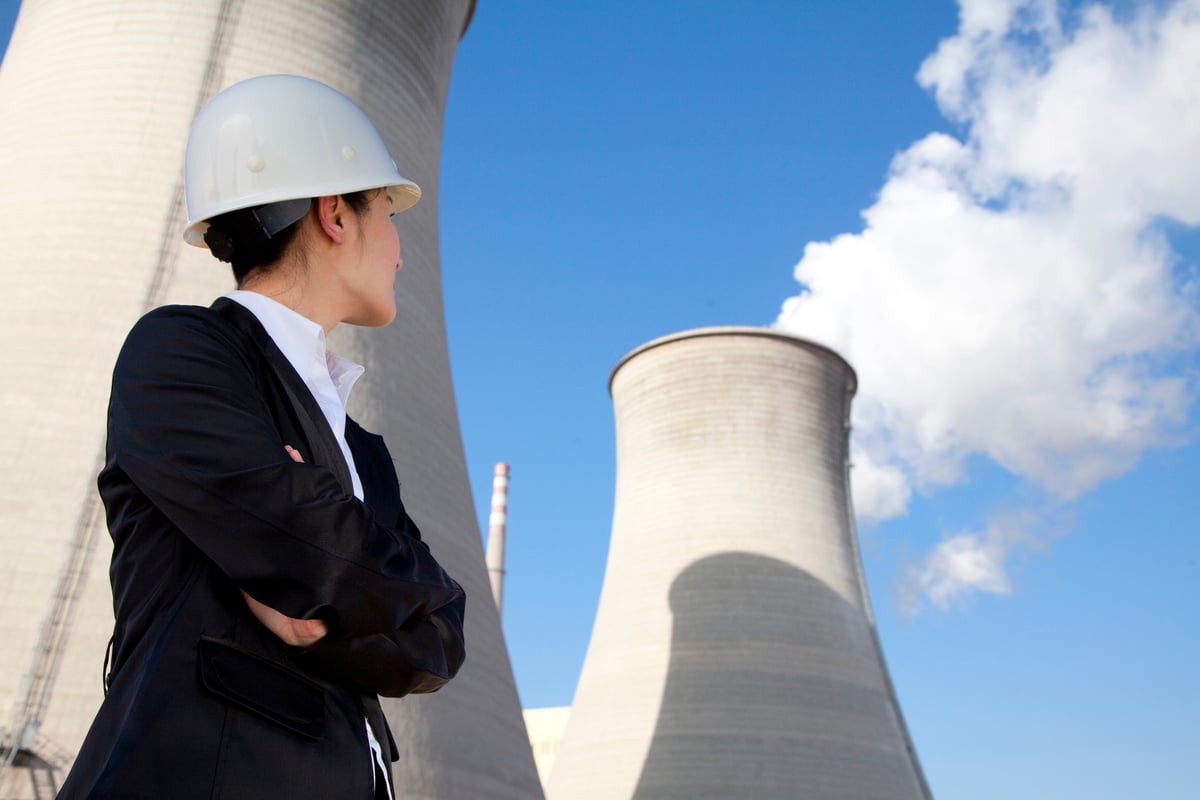
Apache-operated Varanus Island Gas hub in Australia. Source: Apache Corp.
Big oil has a big problem. Cost overruns around the globe are calling into question the commercial viability of many megaprojects. It's so bad that Chevron (CVX +0.47%) CEO John Watson summed it up by saying that, "$100 per barrel is becoming the new $20, in our business" as that's the price oil needs to be to justify these projects.
Overruns down under
The reason for soaring costs was put into an interesting perspective by Peter Coleman, the chief executive of Australia's Woodside Petroleum, in a recent article in the Financial Times. Coleman, in explaining the soaring cost inflation in the country's LNG projects, said that, "everybody jumped into the pool at the same time, and we're all trying to fight for the same floatable toys." In this case, the pool are mega LNG export projects, and the toys are the limited resources required to build these massive projects.
The combination of demand for drilling rigs, specialty materials such as sophisticated steel pipes and competition for skilled workers are pushing up costs for all involved. We're really seeing this in Australia, for example, where Chevron is working on LNG export projects at Gorgon and Wheatstone with partners like ExxonMobil (XOM +1.07%), Royal Dutch Shell (NYSE: RDS-A) (NYSE: RDS-B), and Apache (APA 0.20%). What Chevron and its partners are finding is that the costs of these projects are spiraling out of control.

Source: Copyright All rights reserved by Shell.
When Gorgon was approved, the project was expected to cost about $37 billion. However, late last year, Chevron raised the estimate to as high as $54 billion. That's 46% higher than initially expected, and it might not be the end of the cost overruns. The project, in which both ExxonMobil and Royal Dutch Shell own a 25% stake, could end up costing the partners close to $60 billion when all is said and done.
Meanwhile, there are a number of other LNG projects being built around the globe. Chevron and Apache, for example, are working on LNG projects in both Australia and Canada. The Wheatstone project is estimated to cost $29 billion, while the Kitimat LNG project in Canada had preliminary cost estimates of $2.7 billion; however, that cost is expected to rise. Knowing that Kitimat will cost a lot more is why Apache is looking for another partner -- so it can reduce its 50% stake in the project.
In over their head
In addition to LNG cost overruns, big oil is facing big cost overruns in deepwater projects. The poster child for that is the Kashagan oilfield in the Caspian Sea. Partners that include Royal Dutch Shell and ExxonMobil spent $50 billion to develop the field, which was beset with delays, cost overruns, and technical difficulties. Worse yet, initial production volumes didn't live up to expectations, and more recently, a new problem has surfaced, which is why the field is currently sitting idle.
Another example of runaway costs is the Hebron oilfield that's off Canada's East Coast. The field's partners include ExxonMobil and Chevron and is expected to cost $14 billion to develop. However, that's triple the initial cost estimates from 2008, when the financial crisis halted the field's development. While $14 billion equates to development costs of around $20 per barrel, the fact that Canadian Heavy Crude oil trades at a significant discount will impact the profitability of the field.
Investor takeaway
These cost overruns aren't lost on big oil companies. Because the price of oil needs to be higher to justify these big projects, we're seeing many large oil companies scale back on capital spending. That should do two things: improve the returns at big oil companies and, over time, lead to higher global oil prices.








